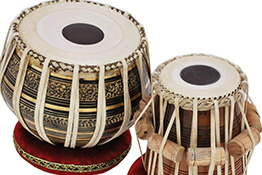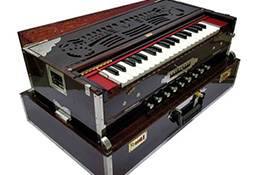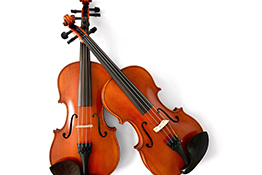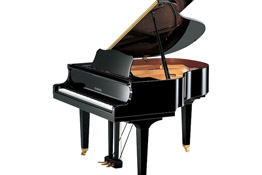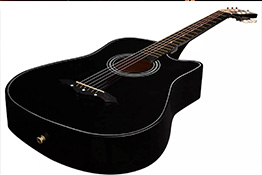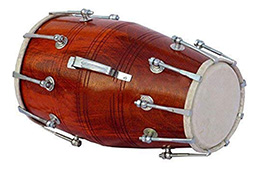
Introduction:
The dholak, a traditional hand drum originating from South Asia, holds a prominent place in the vibrant musical heritage of the region. With its rich tonal quality, rhythmic versatility, and cultural significance, the dholak has become an integral part of folk music, traditional celebrations, and devotional practices. In this blog post, we explore the captivating history, construction, playing techniques, and cultural relevance of the dholak.
1. Origins and Evolution:
The dholak has its roots in ancient drumming traditions, evolving from larger drums like the dhol and pakhawaj. As communities began to embrace smaller, portable drums, the dholak emerged as a popular choice due to its distinctive sound and ability to blend harmoniously with other instruments. Over time, it gained recognition across various regions of South Asia, including India, Pakistan, Bangladesh, and Nepal.
2. Construction and Design:
The dholak is typically crafted from a cylindrical wooden shell, with two drumheads stretched over its ends. Traditionally, animal skins such as goat or buffalo hide are used for the drumheads, ensuring a resonant and vibrant tone. The larger drumhead, known as the "dagga," is played with the dominant hand and produces a deep, bass sound. The smaller drumhead, called the "thili," is played with the non-dominant hand and produces higher-pitched tones. The drumheads are tightened using a system of ropes and straps, allowing for tuning adjustments.
3. Playing Techniques:
Playing the dholak requires a combination of hand techniques, coordination, and rhythmic understanding. The musician uses a variety of strokes, including finger taps, palm strikes, and heel hits, to produce different tones and rhythms. The fingertips are used for precise and delicate playing, while the palms create fuller and more resonant sounds. The dholak player employs techniques such as "open," "muffled," and "slap" strokes to create variations in dynamics and tonal quality.
4. Regional Variations:
The dholak exhibits regional variations in terms of design, playing styles, and repertoire. In North India, particularly in Punjab, the dholak is prominent in folk music, Bhangra, and Qawwali performances. In eastern parts of India and Bangladesh, it finds its place in traditional folk music and dance forms like Baul and Jhumur. Similarly, in Pakistan, the dholak plays a significant role in folk and Sufi music. Each region brings its unique flavor, improvisational techniques, and distinct rhythms to the instrument.
5. Cultural Significance:
The dholak holds immense cultural significance in the fabric of South Asian traditions. It is an essential component of celebratory occasions, religious ceremonies, and cultural festivals. The rhythmic beats of the dholak create an infectious energy, inspiring people to dance, celebrate, and come together in communal harmony. The instrument's ability to evoke joy, enthusiasm, and a sense of togetherness has made it an indispensable part of folk and traditional music across the region.
6. Folk and Traditional Music:
The dholak plays a pivotal role in folk and traditional music, providing a rhythmic foundation and driving force. It accompanies traditional dance forms like Bhangra, Garba, Dandiya, and Giddha in India, where its energetic beats set the pace for lively performances. In devotional music, the dholak supports vocalists and adds rhythmic embellishments to hymns and bhajans. Its rhythmic patterns and melodic accents bring life to cultural expressions, nurturing a deep connection between the performers and the audience.
7. Evolution and Adaptation
Related Posts

Reviews
-
Leave feedback about this
